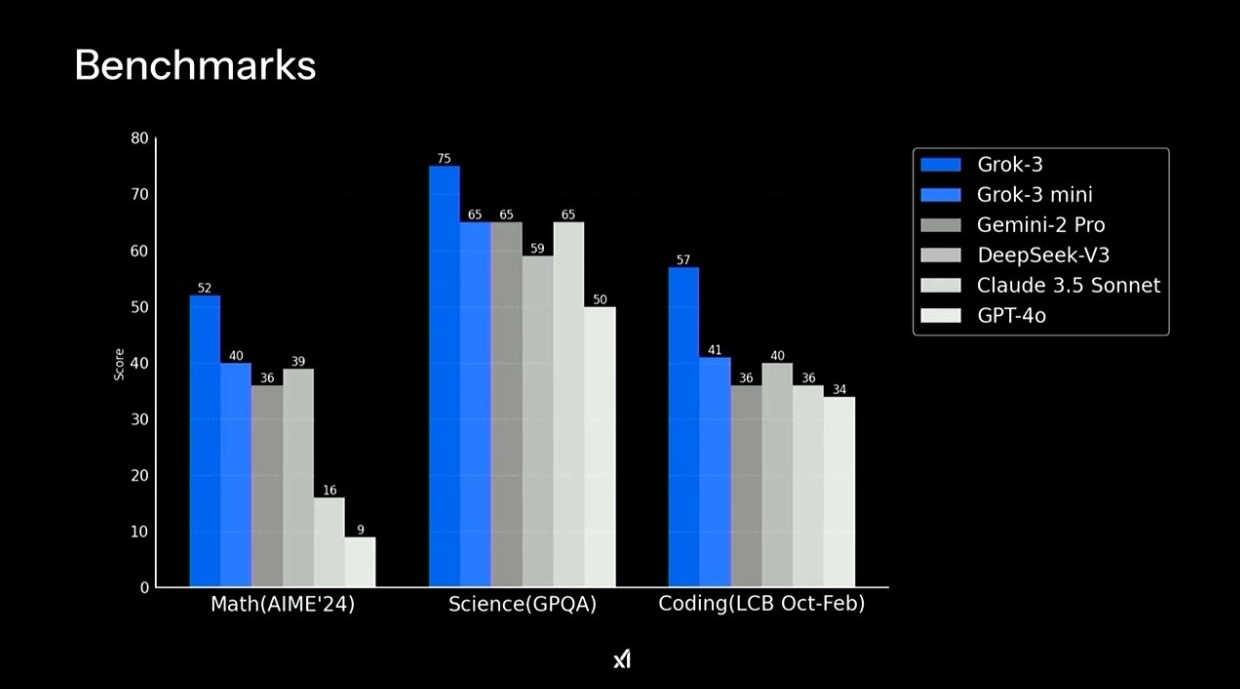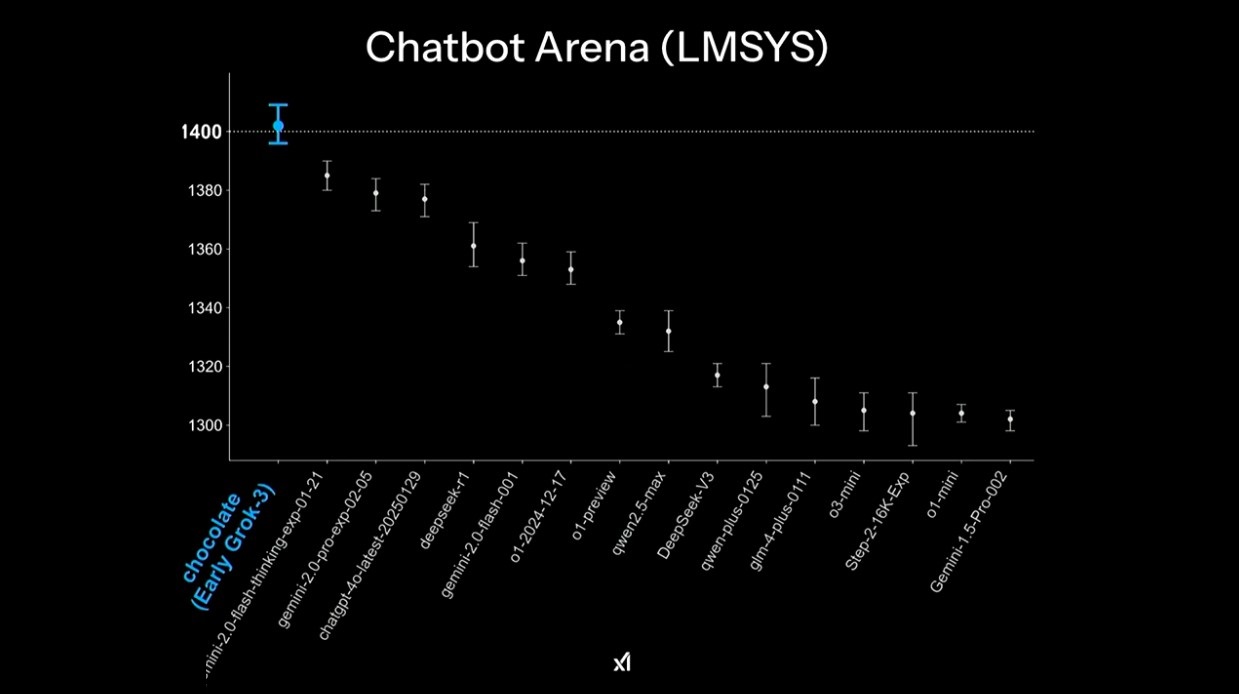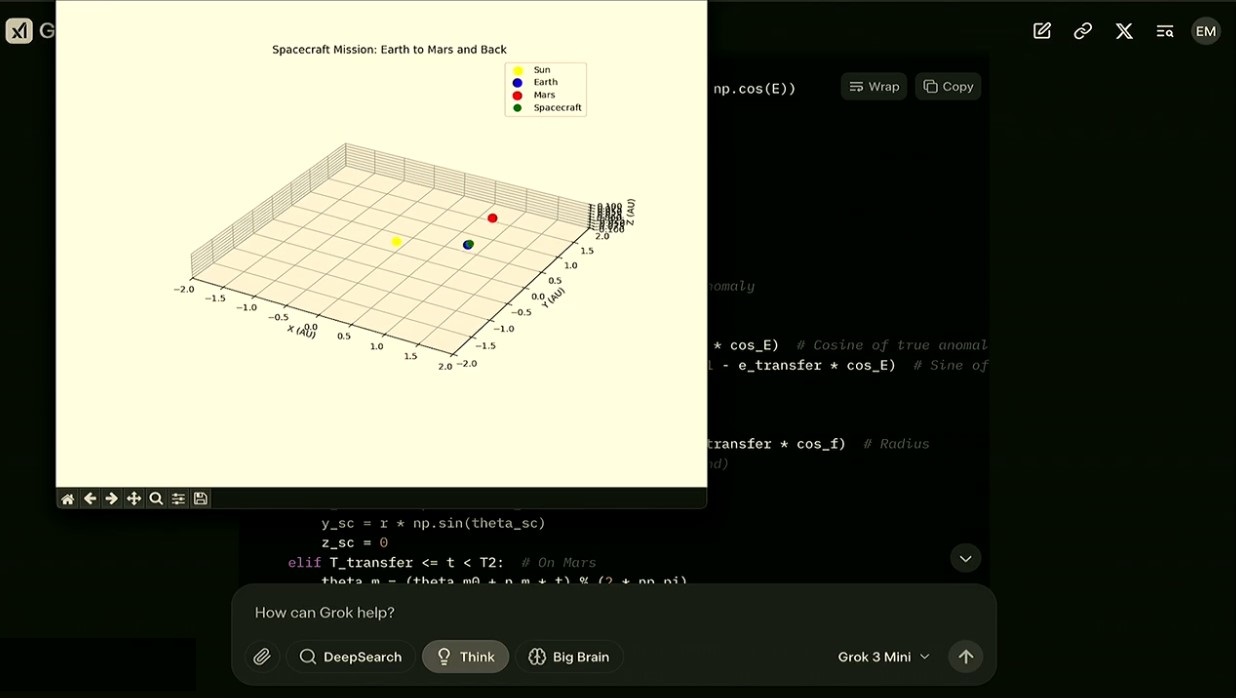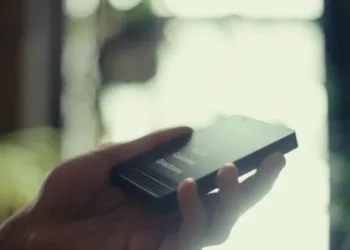On Monday evening, Elon Musk and the xAI team unveiled the Grok 3 AI model during a live stream event.
The team explained that Grok 3 is “significantly more powerful” compared to Grok 2, claiming that it boasts 10 to 15 times the computational strength of its predecessor. They assert that Grok 3 surpasses competing AI models, such as DeekSeek and Google Gemini, in performance.
The xAI team has been refining Grok 3 over the past few months, emphasizing its potential for humor and highlighting that it is only 17 months since the initial Grok model was launched.
The team shared insights into Grok 3’s performance on a variety of academic challenges, including a successful showing against the American Invitational Mapping Foundation.
In demonstrations, the xAI team showcased Grok 3’s capabilities through various creative tasks, such as planning a space mission from Earth to Mars and designing a game that blends elements of Tetris and Bejeweled. They also introduced a feature called Big Brain, which enhances the AI’s reasoning ability for more sophisticated query processing.
Musk remarked that the original Grok model struggled with basic high school problems just 17 months ago, while asserting that “Grok is now ready for college” given its advancements.
Besides Grok 3, the team is also developing an AI gaming studio aimed at consumers and a Deep Search feature for Grok, designed to serve as xAI’s version of AI agents.
Grok 3 is available starting Monday for Premium+ subscribers, alongside a new subscription option called SuperGrok, which promises enhanced access and functionalities.
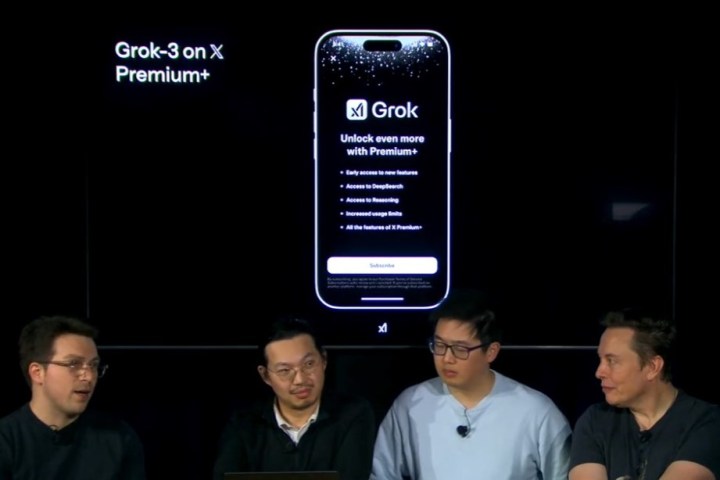
The xAI team emphasized that Grok 3 should be viewed as a beta version, urging users to remain vigilant regarding potential processing errors.
In a question-and-answer session following the launch, the team confirmed that Grok 3 can convert audio into text, and they announced plans to make Grok 2 available as open source once Grok 3 reaches a state of maturity and stability.


